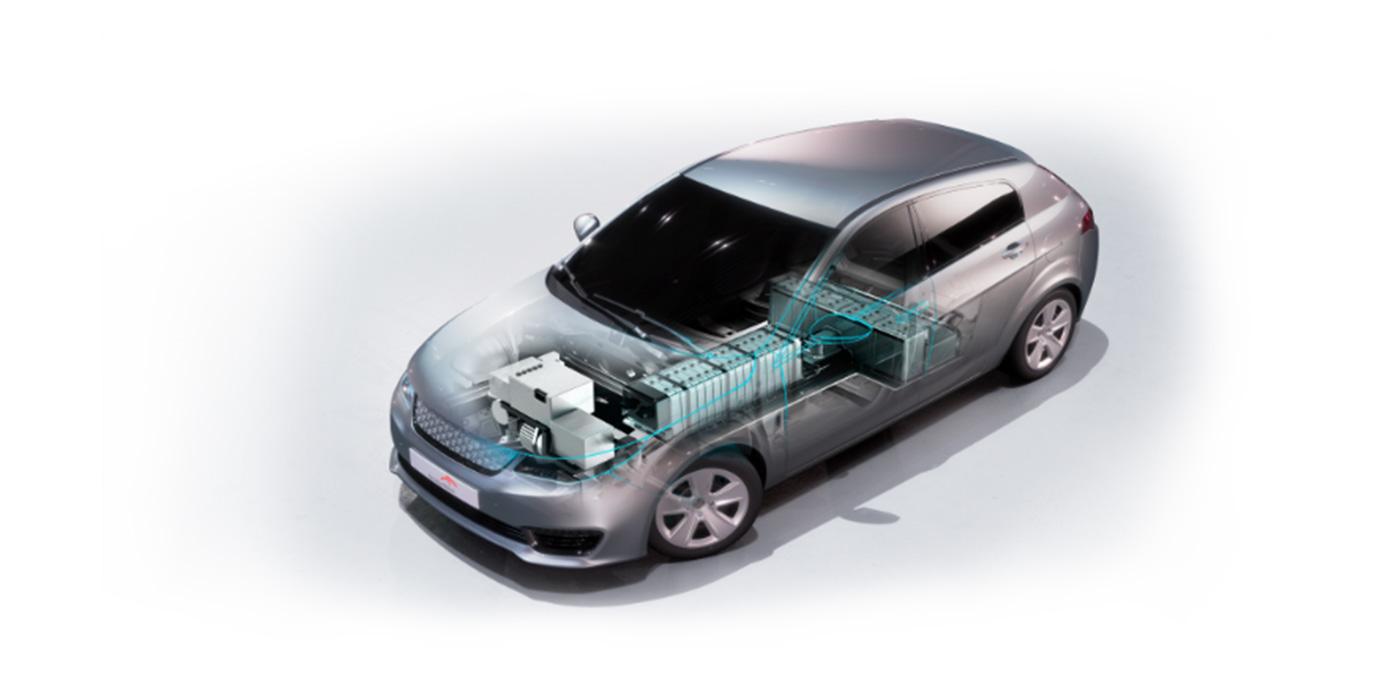Products
Product pages available in
EN - DE - FR - ES
Sustainability
News, events and stories

Whatever the powertrain, steel offers carmakers the optimal balance of strength, performance, and mass reduction with the least impact on the environment. Steel is the material of choice for today’s vehicles and will remain the material of choice for vehicles of tomorrow.
Electrifying tomorrow
In response to toughening regulations around the world, carmakers are intensifying their efforts to develop mass market electric vehicles (EVs). Although sales of EVs are still a long way behind conventional ICE vehicles, there are expectations that they will make up a quarter of all new car sales by 2025.
EVs have some significant advantages over traditional ICE cars as Greg Ludkovsky, vice president of ArcelorMittal Global R&D explains: “EVs have nearly 90% less rotating parts than ICE vehicles, meaning less wear and tear on the car and a lifespan exceeding 600,000 miles (965,600 km). Regular maintenance is significantly lower as they require no oil changes and other tune-ups. As a result, operating costs per mile are significantly lower. But the financial cost of EVs and their driving range are key in determining how quickly sales will take off. Due to it’s high-strength, adaptability, sustainability, and lower cost, steel has a major advantage compared to other materials.”
"The arrival of new energy platforms is impacting the body-in-white (BIW) architecture. We’re predicting that OEMs will respond with either a dedicated platform for battery electric vehicles (BEV) or a ‘one platform fits all’ solution for both new energy and ICE vehicles. Carmakers will strive to have the most efficient BIW architecture in terms of weight saving, crash and LCA performance at the most affordable cost. And that pushes us in a direction where the development of steel solutions will accelerate."
Jean-Martin Van der Hoeven, Chief Marketing Officer for Global Automotive & Mobility Solutions
One of the limitations of EVs has been the weight of the battery and extra reinforcement needed to protect it during a crash. This can add up to 700 kg to an EV. Positioning this mass has been a major challenge for carmakers.
“Advanced high strength steels (AHSS) are enabling OEMs to provide the protection required, but without adding significantly to the weight of the vehicle,” notes Jean-Luc Thirion, head of Global R&D for ArcelorMittal’s automotive business. “Steel’s unmatched strength enhances intrusion resistance while the thinner gauge steel allows for more space in the battery protection system to accommodate more or larger batteries, thereby increasing driving range.”
ArcelorMittal’s offer includes Usibor®, a press hardenable steel (PHS) with strengths up to 2000 megapascals (MPa), and Fortiform® for cold stamping. Fortiform® is currently available in strengths up to 1180 MPa. ArcelorMittal also offers a selection of martensitic steels known as the MartINsite® range. These steels enable OEMs to create lightweight structural elements which enhance crash performance using processes such as roll forming.
Range is a major issue facing EVs. To answer this challenge, ArcelorMittal has developed the iCARe® family of electrical steel to improve the efficiency of electric motors and generators. They include:
- iCARe® Save to optimize the use of current in stators
- iCARe® Torque for high permeability the best mechanical output
- iCARe® Speed – very high strength steels for rotors

Autonomous mobility needs steel
For autonomous vehicles, the challenges are different as Jean-Luc Thirion notes: “The debate continues within the market as to whether passive safety will remain as important a design driver as it is today. We are convinced it will remain essential, and we do not believe the use of AHSS is in jeopardy, because there will always be a risk of crash.”
But whilst occupant protection will remain important, Jean-Luc Thirion believes autonomous vehicles will create new needs: “You can imagine that passengers in a self-driving vehicle may want to be seated face-to-face, perhaps to conduct a business meeting. This will need a rethink in design to protect passengers in the event of an accident. For example, a car with seats that can sit face to face may need to remove the B-pillar to make entrance easier. And removing a B-pillar completely changes the structure.”
Similarly, Jean-Luc Thirion believes the increase in shared mobility will mean changes. “Shared mobility will likely change the paradigm of vehicle ownership,” he says, “Today, what matters most for customers who are renting vehicles is cost, and this will be the case for vehicle-sharing. Steel remains the most affordable solution on the market. And so we think this presents a good opportunity.”






